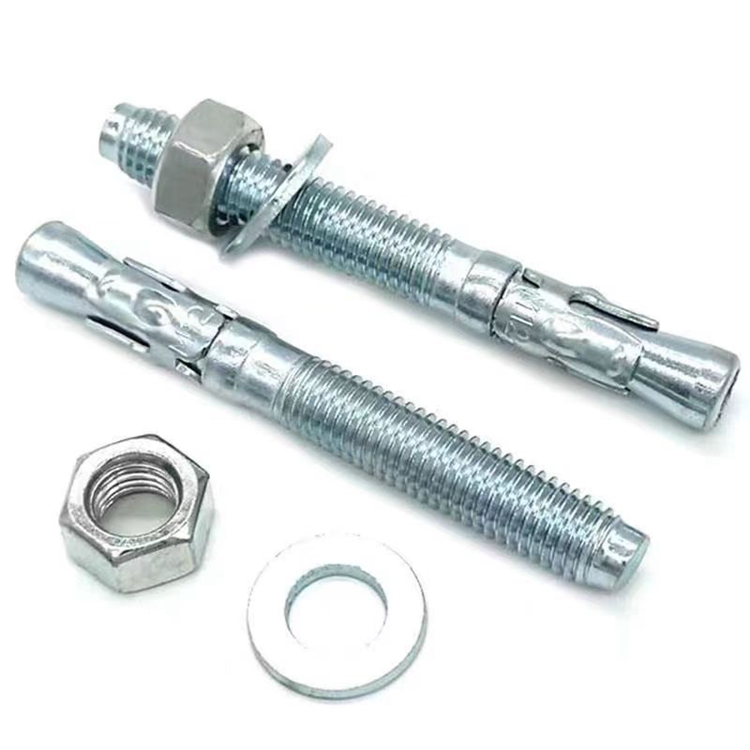astm locknuts
Nov . 02, 2024 05:05 Back to list
astm locknuts
Understanding ASTM Locknuts A Key Component in Fastening Technology
Locknuts, often referred to as lock or locking nuts, are specially designed fasteners that play a crucial role in securing components and preventing loosening due to vibration or dynamic loads. Among various industrial standards for locknuts, ASTM (American Society for Testing and Materials) specifications are highly regarded for their effectiveness and reliability in various applications.
Locknuts are typically used in conjunction with bolts and screws to ensure that these fasteners maintain a secure grip over time. The primary purpose of a locknut is to prevent unintentional loosening that may arise from the mechanical stresses of operation, environmental changes, or vibrations. This characteristic makes locknuts pivotal in a range of industries, including automotive, construction, manufacturing, and aerospace.
ASTM sets forth various standards that help determine the quality, performance, and safety of locknuts in industrial applications. ASTM A194 is one such standard that covers carbon and alloy steel nuts, commonly used at elevated temperatures or in high-pressure applications. The nuances of these standards ensure that only specific materials, dimensions, and thread characteristics meet the stringent requirements necessary for safe and effective use.
Understanding ASTM Locknuts A Key Component in Fastening Technology
1. Nylon-Insert Locknuts Often referred to as Nylock nuts, these fasteners incorporate a nylon collar that grips the bolt thread, providing superior resistance to loosening from vibration. This design is particularly effective in applications where temperature fluctuations may affect the performance of the nut.
astm locknuts

2. All-Metal Locknuts These are designed to deform slightly when tightened, creating a locking action that prevents loosening. They are known for their resilience in high-heat environments and are often used in aerospace and automotive applications.
3. Serrated Flange Locknuts With a serrated flange surface, these locknuts grip the surface of the assembly to provide additional resistance against loosening. Ideal for use on softer materials, they offer an effective locking mechanism without causing damage.
Choosing the right ASTM locknut depends on the specific requirements of the application, including load conditions, environmental factors, and material compatibility. It is essential to consider these variables to ensure the long-term reliability and safety of the assembly.
In conclusion, ASTM locknuts are fundamental components in securing mechanical assemblies across various industries. Their unique designs, guided by stringent ASTM specifications, provide effective solutions for preventing loosening in dynamic environments. As industries continue to demand higher reliability and safety standards, the role of ASTM locknuts will remain critical in fastening technology, driving innovation and enhancing engineering solutions.
By staying abreast of ASTM standards and selecting the appropriate type of locknut for each application, engineers and designers can significantly improve the integrity and performance of their projects, ensuring that they stand the test of time in even the most challenging conditions.
Latest news
-
Top Metric Wood Screw Companies – Reliable Manufacturer & Exporter
NewsJul.28,2025
-
Reliable Cabinet Bolts Supplier – Quality Fasteners for Cabinets
NewsJul.27,2025
-
Premium Phosphated Drywall Screws Supplier & Manufacturer Solutions
NewsJul.26,2025
-
Top Metric Wood Screw Companies – Reliable Manufacturer & Supplier
NewsJul.25,2025
-
Reliable Axle Nuts Supplier - Quality Manufacturing & Export Services
NewsJul.24,2025
-
Top Wire Bolts Suppliers & Exporters - Quality Fasteners Factory
NewsJul.23,2025
